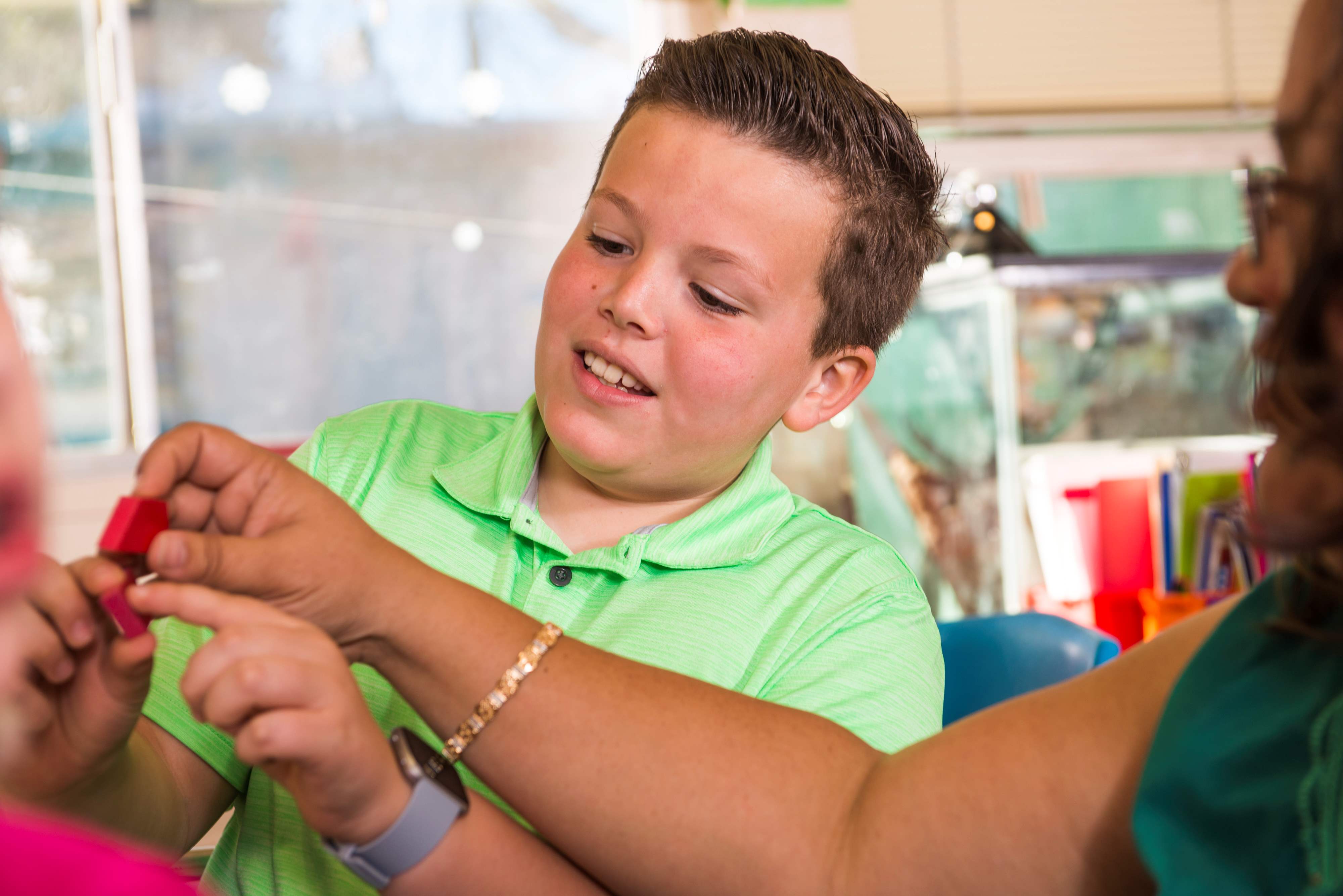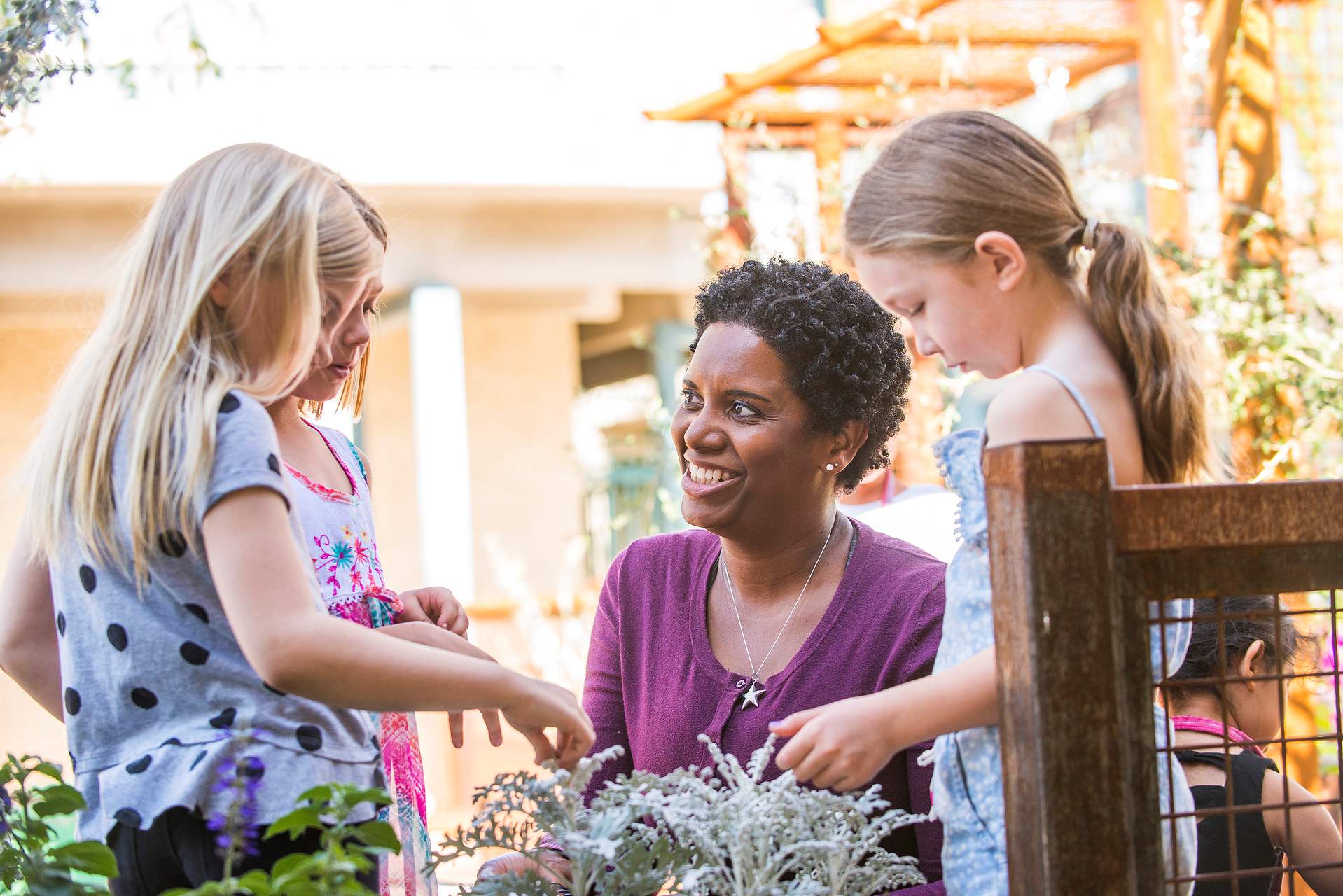InClass
Instead of telling students what the intersections are, help them develop their own interdisciplinary connections based on the content you teach.
Dec 05, 2019
Instead of telling students what the intersections are, help them develop their own interdisciplinary connections based on the content you teach.
As the old adage goes, “If you build it, they will come.” Students will naturally see connections across disciplines if educators facilitate the opportunities. While it can be tempting to tell students how things relate to each other, given the opportunity and time (and some scaffolding), your students will connect the dots themselves — and maybe in ways that surprise you.
Start With the Problem
Organize learning around complex and sticky problems. These types of challenges require more than one discipline to develop solutions, and students will need to conduct additional investigation to uncover the root cause of the problem.
To avoid going too far down a rabbit hole, encourage students to self-select into specific areas or disciplines that they’re most interested in learning about as it relates to the challenge. This also gives students the opportunity to build working groups with particular roles for each individual.
Touch Base With Other Parts of the School
Make connections with teachers from other parts of your school. Talking to other teachers will give you insight into what students are learning in other classes and where natural connections exist. These discussions require minimal work, and they may spark opportunities for collaboration.
In fact, why stop at teachers? What are the school administrators doing? What’s being served in the cafeteria? Your students will recognize the connections you’re building with people around the school, and they’ll follow your example. Encourage your students to talk to other students and adults at school to help them draw connections to the content they’re learning. These conversations will ignite cross-collaboration and take your students in new, exciting directions.
Make It Real
Invite guest speakers to your classroom to give presentations on the work they do. Guest speakers are subject matter experts in their own content areas, and their participation in the classroom gives students a chance to see how what they’re learning in the classroom is applicable to real life. This also teaches students the importance of collaborating across boundaries to solve challenges.
Prepare your guest speakers ahead of time with the purpose of the visit and inform them about what students are currently working on. This should guide their talking points and help them be intentional about the information they share with your students. Request a bio from your guest speaker so students can do their research ahead of time and ask intentional questions.






